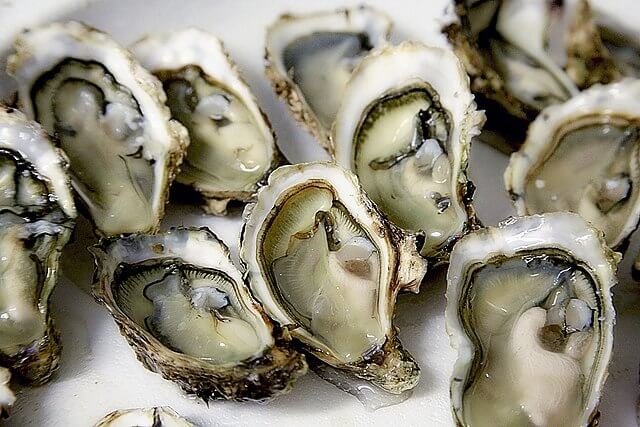
The native oyster, scientifically known as Ostrea edulis, has faced a dire fate in UK waters, primarily due to overfishing and the damaging effects of seabed trawling.
Its decline was exacerbated in the 1960s when the already dwindling native oyster was overshadowed in restaurants and oyster farms by the more substantial and faster-growing Japanese rock oyster, which, though less flavourful, gained favour. This shift led to the once-revered delicacy, cherished by the Romans who transported cages brimming with them to Rome behind their vessels, to be placed on the red list of endangered species.
In a bid to rescue the native oyster, the Wild Oysters Project has embarked on a mission to recreate the oyster reefs that once served as thriving habitats for numerous marine species. This ambitious restoration project involves the reintroduction of 4,000 native oysters into UK waters, spanning coastal regions across England, Scotland, and Wales.
Spearheaded by a partnership between ZSL (Zoological Society of London), Blue Marine Foundation (BLUE), and British Marine, the Wild Oysters Project aims to rejuvenate the health and resilience of coastal waters throughout the UK, reviving these ‘ocean superheroes’ from the brink of extinction.
“These oysters will produce the next generation of the oyster population, by releasing larvae which will settle onto the seabed,” explained Celine Gamble, Wild Oysters Project Manager, ZSL.
“Despite their small size oysters are capable of filtering 200 litres of water a day, the oysters will almost immediately begin their important work helping to create cleaner water and increase marine biodiversity in the UK.”
Scientists leading the project employ an ingenious method: they hang cages filled with adult breeding oysters near suitable seabed areas that already contain substantial quantities of old shells – essential for the formation of new reefs. This approach encourages the natural formation of oyster colonies, a critical step towards their revival.
Oysters exhibit a fascinating quirk of nature: they begin life as males and transition to females as they mature. Additionally, some individuals possess both male and female reproductive organs, enabling self-fertilisation. Each oyster has the potential to produce thousands of eggs, facilitating rapid multiplication. This is particularly beneficial because oysters play a crucial role in cleaning our seas as they filter water for sustenance, with each adult oyster capable of filtering up to 50 gallons of water daily.
The Wild Oysters Project stands as a beacon of hope for the native oyster in the UK, offering a chance for these magnificent creatures to once again thrive in their natural habitat and contribute to the restoration of coastal ecosystems.
——————————————————————————
At Natural World Fund, we are passionate about stopping the decline in our wildlife.
The decline in our wildlife is shocking and frightening. Without much more support, many of the animals we know and love will continue in their decline towards extinction.
When you help to restore a patch of degraded land through rewilding to forests, meadows, or wetlands, you have a massive impact on the biodiversity at a local level. You give animals a home and food that they otherwise would not have had, and it has a positive snowball effect on the food chain.
We are convinced that this is much better for the UK than growing lots of fast-growing coniferous trees, solely to remove carbon, that don’t actually help our animals to thrive.
This is why we stand for restoring nature in the UK through responsible rewilding. For us, it is the right thing to do. Let’s do what’s right for nature!
Donate today at https://naturalworldfund.com/ and join in the solution!

